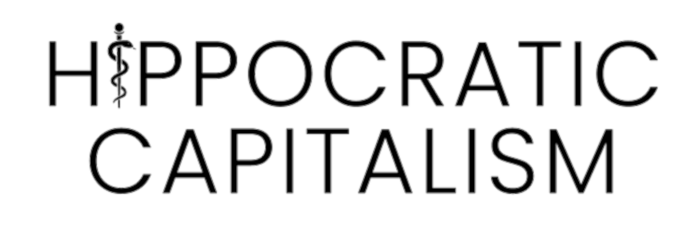How Both Healthcare and Higher Education Keep Shooting Themselves in the Foot.

This week’s newsletter was inspired by this episode of one of my favorite podcasts.
Host Steven Levitt (of Freakonomics fame) interviewed Michael D. Smith, an economist at Carnegie Mellon, about the discouraging state of American higher education. As I was listening, I was struck by just how many of Smith’s diagnoses apply to American healthcare as well.
Smith’s first point is that the dominant business model for universities is based on scarcity. No surprise there, since scarcity is a core driver of most markets. But unfortunately, universities use scarcity in ways that run counter to universities’ educational mission. Smith identifies scarcity of undergrad admissions to colleges , scarcity of access to the best professors, and scarcity of access to the best credentials (degrees from the most prestigious schools).
In healthcare, access is likewise limited at every level: the number of licensed doctors is kept low by the limited number of residency slots; access to doctors and hospitals is constrained by insurance contracts, and access to drugs is limited by both exorbitant list prices and PBM formularies. With so many forces working to restrict access to healthcare services in order keep prices and profits high, is it any wonder that affordable access is such a problem?
A second point by Smith is the role of technology. In most markets, such as consumer products, technology generally drives prices down. But in both higher ed and healthcare, tech tends to drive prices up. This is due in large measure to the fact that both these industries tend to use technology not to lower costs, but to increase revenue. Come to our college (and cough up the high tuition) because of our computer resources (and cable tv in the dorms )! Come to our hospital for your cancer treatment because we have a genomic research center and cutting edge surgical robots!
Third, and closely related to those last two points, is that scarcity allows top players to continually raise prices with impunity. And in the absence of strong pricing pressure, it’s natural to focus innovation efforts on the revenue side rather than the cost side.
Fourth, huge measurement problems prop up all this dysfunction. In the case of education, if there were better ways to measure skills and knowledge (of prospective employees for example), then employers would stop using elite degrees as a surrogate. In the case of healthcare, if we had better ways to measure effectiveness and quality and value, then there would be less reliance on superficial attributes such as reputation and sexy technology, and much more value-based competition and improvement.
Finally, any hope of positive change must come from a greater sense of mission. Smith, who has spent most of his academic career studying the economics of the entertainment industry, points out that music and movie companies historically suffered from the same counterproductive dynamics listed above. But once some of the players realised how much their business models were holding them back from meeting the entertainment wants and needs of customers, they began embracing disruptive technologies such as on-demand streaming, which opened up and expanded markets for their products.
So just as universities need wake up to their mission of educating the masses (as opposed to the children of the wealthy), healthcare organizations and companies need to wake up to their mission of delivering healthcare to the masses (and not just the wealthy). Which means being willing to innovate and use technology to disrupt their current scarcity-based business models to reach more patients at lower cost.
In other words, healthcare has to become about the recipients, not about the providers.
